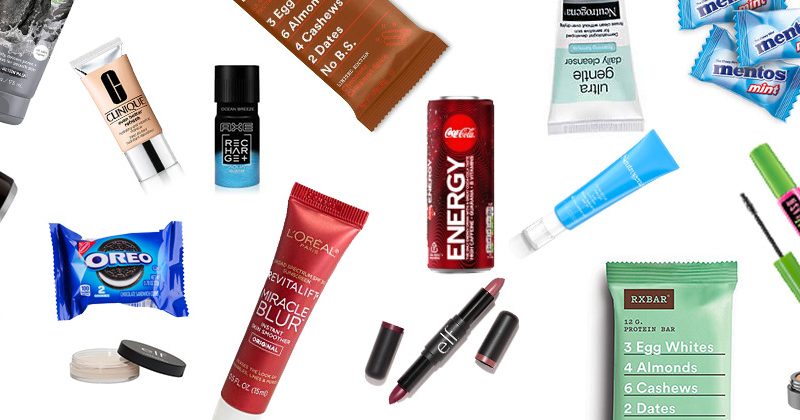Google Discontinuing Third-Party Cookies
Google recently announced that within two years it will drop third-party cookies from its Chrome browser which has a 49% U.S. market share and a 64% global share. The second and third most heavily used browsers – Apple’s Safari and Mozilla Firefox have already restricted third-party cookies.
What does all this cookie stuff mean for brand marketers?
We’ll break it down to help you navigate changes in digital advertising.
What exactly are cookies?
A cookie is a small piece of data sent from a website and stored on a user’s computer by the user’s web browser while the user is browsing the internet. Think of a cookie as a tracking mechanism that’s placed on a consumer’s computer or mobile device. That tracker’s sole mission is to follow and record all the user’s activity.
Cookies have made online life easier for consumers by remembering things like login info, preferred language, what’s been left in shopping carts, and other useful information. They are equally as valuable to marketers as user browsing history provides a wealth of data and information to brands.
Tech companies, marketers, and ad space sellers consider it vital for profiling potential consumers and improving ad targeting precision. By more closely identifying and getting in front of prospects, advertisers’ messages can be super-personalized. Cookies also enable advertisers to retarget ads on other sites, continuing to engage prospects who’ve visited their site, but not yet purchased.
Why are Google, Safari and other browsers dropping third-party cookies?
Chrome will drop third-party cookies within 2 years. What’s behind this weighty change?
Consumers, watch dog groups, and legislators across the globe have been raising red flags over privacy concerns for years. Their voices have prompted action – Europe’s GDPR (General Data Protection Regulation) became effective in 2018 and California’s Consumer Privacy Act was signed into law in 2018. Both are designed to protect consumers by giving them the right to know what data is being collected about them and how it might be used and to refuse that their personal data be collected.
Cookies have been under fire as well. Tech giants, anticipating that cookies would soon be under blistering regulatory scrutiny, acted to proactively remove third-party cookies.
What dilemma does this pose for advertisers?
No longer able to utilize specific IP-data harvested from third-party cookies, programmatic advertising – the automated buying and selling of digital ad space — will be profoundly affected. Programmatic relies on rich consumer profiles built from third-party cookie data including browsing habits, device usage, social media interaction and much more. This data has boosted the efficiency of ad buys, placing ads in front of users who were well-profiled.
What’s a marketer to do?
Marketers need to find ways to get close to targeted consumers as available consumer data becomes less robust with the disappearance of cookies. It’s now all about going back to tried and true marketing basics and the solution comes down to one word: CONTEXT.
Contextual advertising can deliver relevant advertising messages based on what the user is viewing, what they’re doing, and what pages of a site they are on. Makes sense, right? Think of it as reaching the demographic where and when they are already engaged in relevant context.
Choose sites that know your audience well and engage with them regularly.
Let’s say you want to target college-aged women with an offer for your skincare product. Reaching them in the right context and when they are in the right mindset, would be a smart move. College women will be receptive to a skincare ad when they’re shopping for textbooks, when they’re immersed in exam time and prone to breakouts, and/or when they’re browsing for a new lip gloss.
Once you find those sites, drill down further, using same site cookies to inform on what sections of the site make the most sense for your ads.
Interpret context more broadly. Extend it to time + place + event.
Gen Z is all about authenticity and relevancy and therefore most receptive to messages that are delivered in context. And context is a concept that’s is not limited to the digital world – it can come into play on every dimension. Context means delivering your message at the right time, at the right place – and that is when your audience is already engaged – whether it be online, in-store, in person or on a mobile device.
Want to get your message in context? We can make it happen.
Barnes & Noble College can help you navigate the digital world with practical, contextual advertising solutions to engage Gen Z. Contact us today.
More Insights



